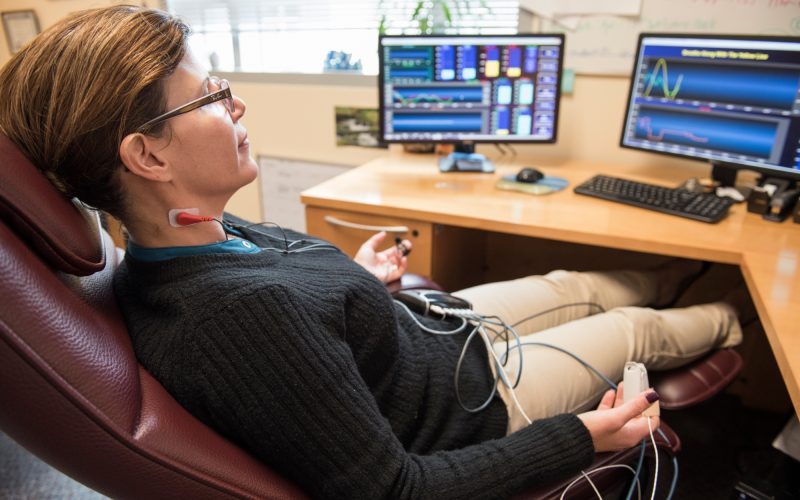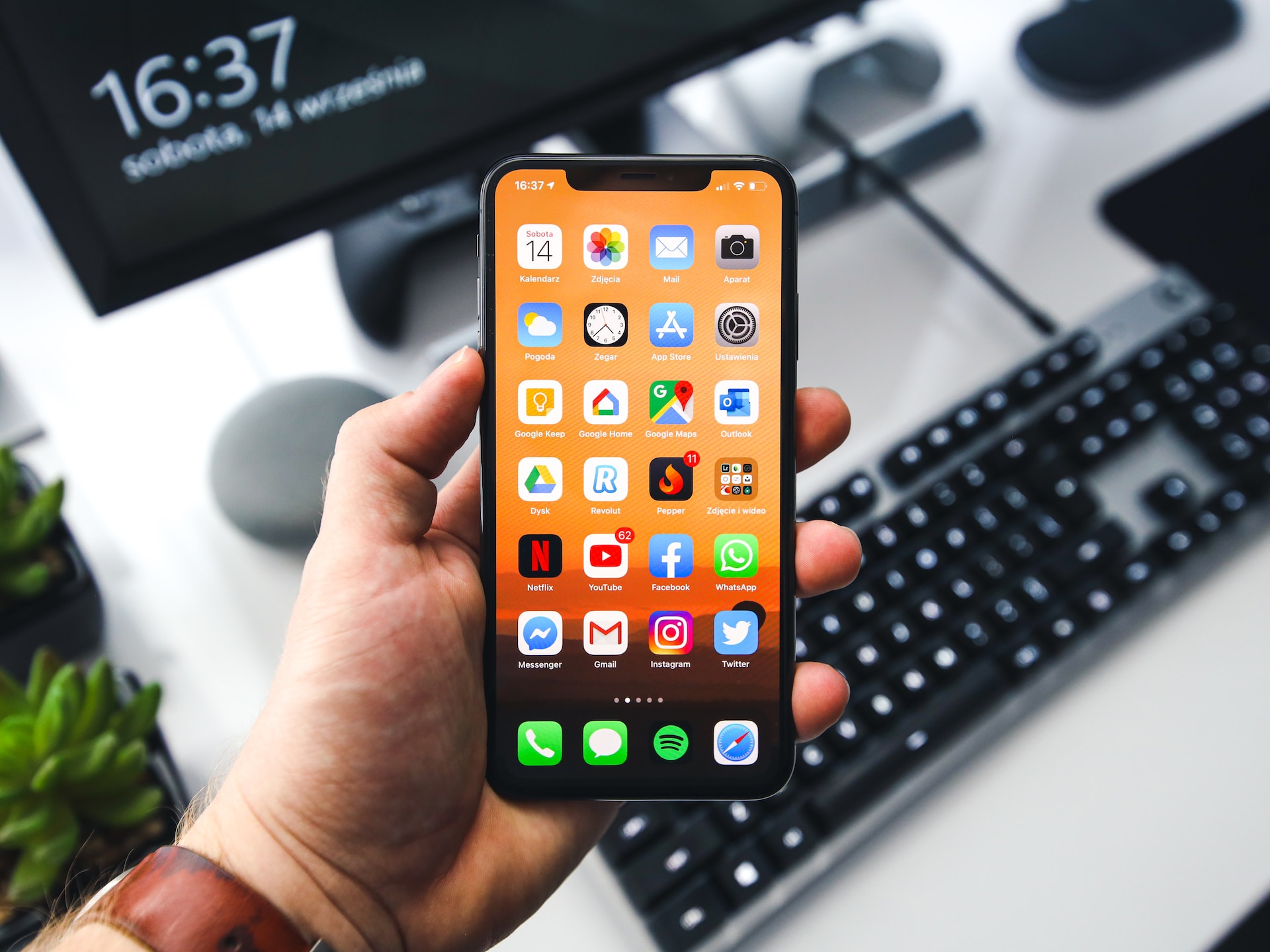Introduction
We all know that developing good habits can be challenging. Whether you’re trying to eat healthier, exercise more, or reduce stress, it often feels like an uphill battle. However, Biofeedback Devices offer a unique approach to habit improvement.
This data can help you make changes that lead to healthier habits, ultimately improving your overall well-being.
Whether you’re looking to reduce stress, enhance focus, or improve sleep, these devices offer valuable information that can support your personal growth.
What Is Biofeedback and How Does It Work?
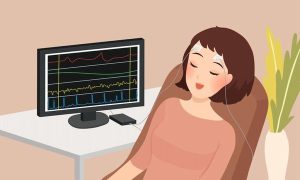
Biofeedback is a technique that teaches you to control certain physiological functions in your body. These functions can include things like heart rate, muscle tension, and breathing patterns. Biofeedback devices measure these functions in real-time and provide feedback to the user, allowing them to gain awareness and control over their physical responses.
For example, a biofeedback device might measure your heart rate and display it on a screen. When you see that your heart rate is higher than usual, you can take steps to calm your body, like practicing deep breathing or relaxing your muscles. Over time, with practice, you can learn to control these responses and make adjustments in your behavior and habits.
The feedback from biofeedback devices is often visual or auditory. The device might show a graph, display numbers, or play sounds that change based on your body’s responses. This immediate feedback helps you understand how your body reacts to different stimuli, enabling you to make conscious efforts to improve your habits.
Types of Biofeedback Devices and How They Help
Below are some of the most common types of biofeedback technology and how they can help improve your habits:
1. Heart Rate Variability (HRV) Monitors
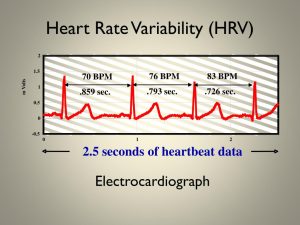
HRV monitors measure the variation in the time intervals between heartbeats. This is a key indicator of your body’s ability to handle stress and recover from physical exertion. By tracking your HRV, you can gain insight into how well your body is coping with stress and make adjustments to improve relaxation and recovery.
HRV monitoring can be particularly useful for managing stress, as it helps you understand when your body is in a state of tension and when it is more relaxed. Biofeedback devices that track HRV can teach you how to breathe, relax, and manage your stress more effectively, which can lead to healthier habits and improved emotional well-being.
2. Muscle Tension Monitors
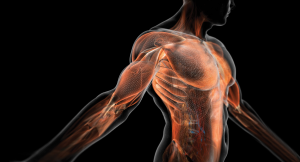
Muscle tension is often a sign of stress, anxiety, or poor posture. Muscle tension monitors use sensors to measure the electrical activity in your muscles, helping you understand when and where you are holding tension in your body. Once you become aware of the areas where you’re holding tension, you can use techniques like progressive muscle relaxation or stretching to release the tension.
By reducing muscle tension, you can improve your physical health, reduce pain, and enhance your overall well-being. These devices can help you build the habit of checking in with your body and learning how to release tension, which is especially beneficial for people who experience chronic stress or muscle pain.
3. Skin Temperature Sensors
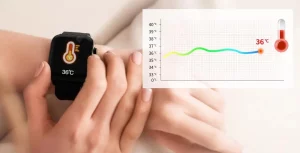
Skin temperature is another indicator of how your body is responding to stress. When you’re stressed or anxious, your body’s skin temperature tends to drop as blood flow is redirected to other parts of the body.
By using this data, you can learn to relax and regulate your body’s response to stress.
4. Brainwave Monitors
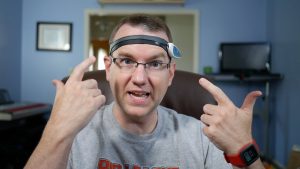
Brainwave monitors use sensors to track the electrical activity in your brain. These devices can measure different types of brainwaves, such as alpha, beta, delta, and theta waves, each associated with different states of mind. For example, alpha waves are linked to relaxation, while beta waves are associated with focused attention.
By using brainwave biofeedback devices, you can learn to enter states of deep relaxation or focus at will. This can help improve your concentration, reduce anxiety, and enhance mindfulness.
Benefits of Biofeedback Devices for Habit Improvement
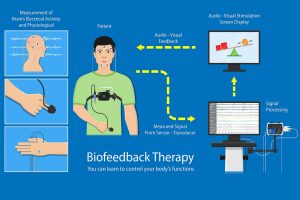
Using biofeedback devices to track and improve your habits offers several key benefits:
1. Increased Self-Awareness
The primary benefit of biofeedback is increased self-awareness. This awareness is the first step in making positive changes to your habits.
2. Better Stress Management
One of the most common uses of biofeedback technology is stress management. Over time, you can improve your ability to manage stress, which leads to better physical and mental health.
3. Improved Focus and Productivity
Biofeedback devices can help you improve your focus and productivity by teaching you how to regulate your brainwaves. Learning to enter a state of deep focus can help you be more productive at work or during creative activities. These devices provide valuable tools for improving your concentration and mental clarity.
4. Better Sleep Quality
Some biofeedback devices also help improve sleep by teaching you relaxation techniques that promote restful sleep. By tracking your heart rate and muscle tension before bed, you can learn how to relax your body and mind, making it easier to fall asleep and stay asleep. Better sleep leads to improved energy levels and healthier habits.
Conclusion
Biofeedback devices are powerful tools that help you understand your body’s responses and use this information to Improve your Habits. By tracking vital body data like heart rate, muscle tension, skin temperature, and brain activity, you can learn to manage stress, improve focus, and make healthier lifestyle choices.
Incorporating biofeedback technology into your daily routine can lead to lasting improvements in your physical and mental health. Start using biofeedback devices today and take control of your habits for a healthier, more balanced life.






